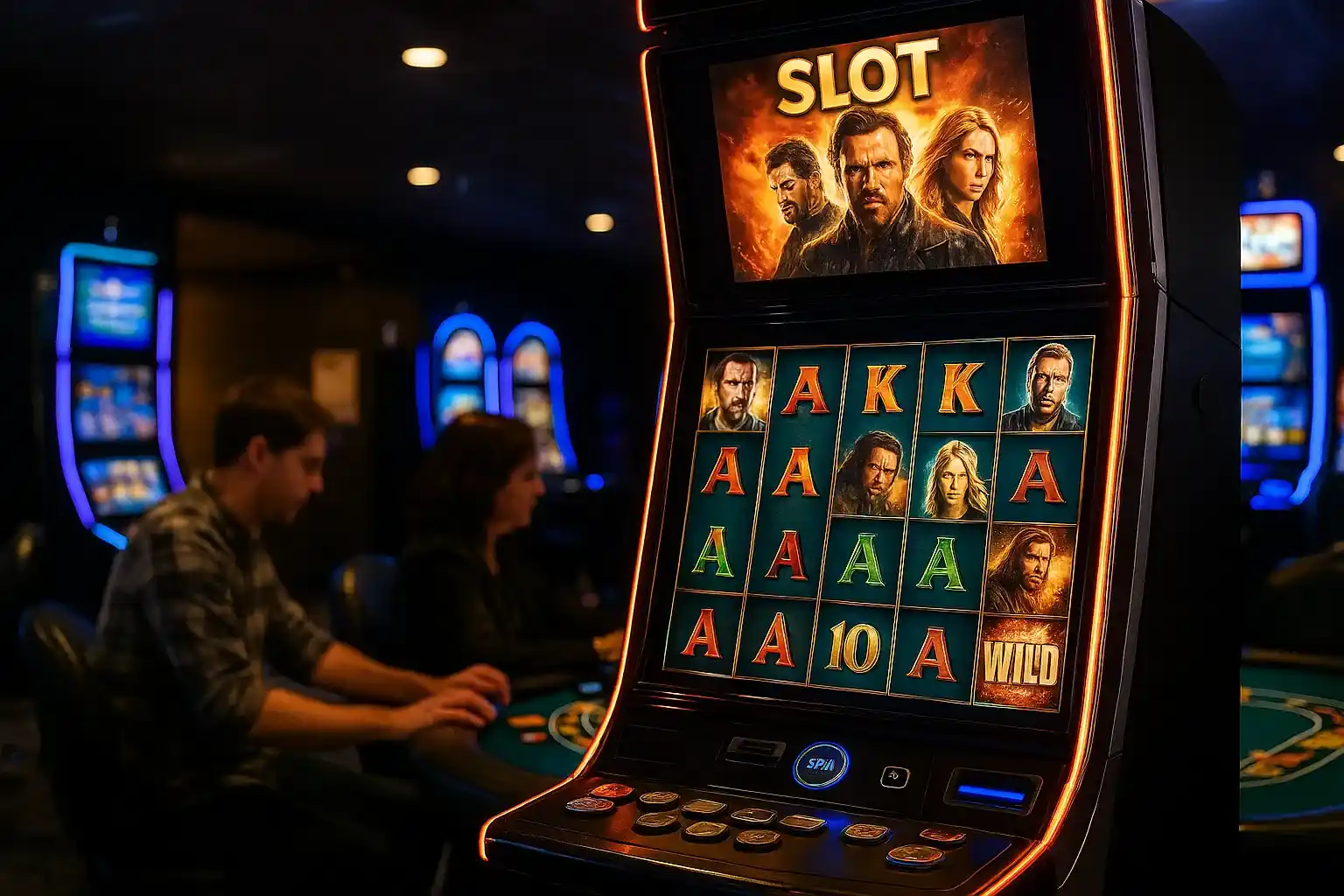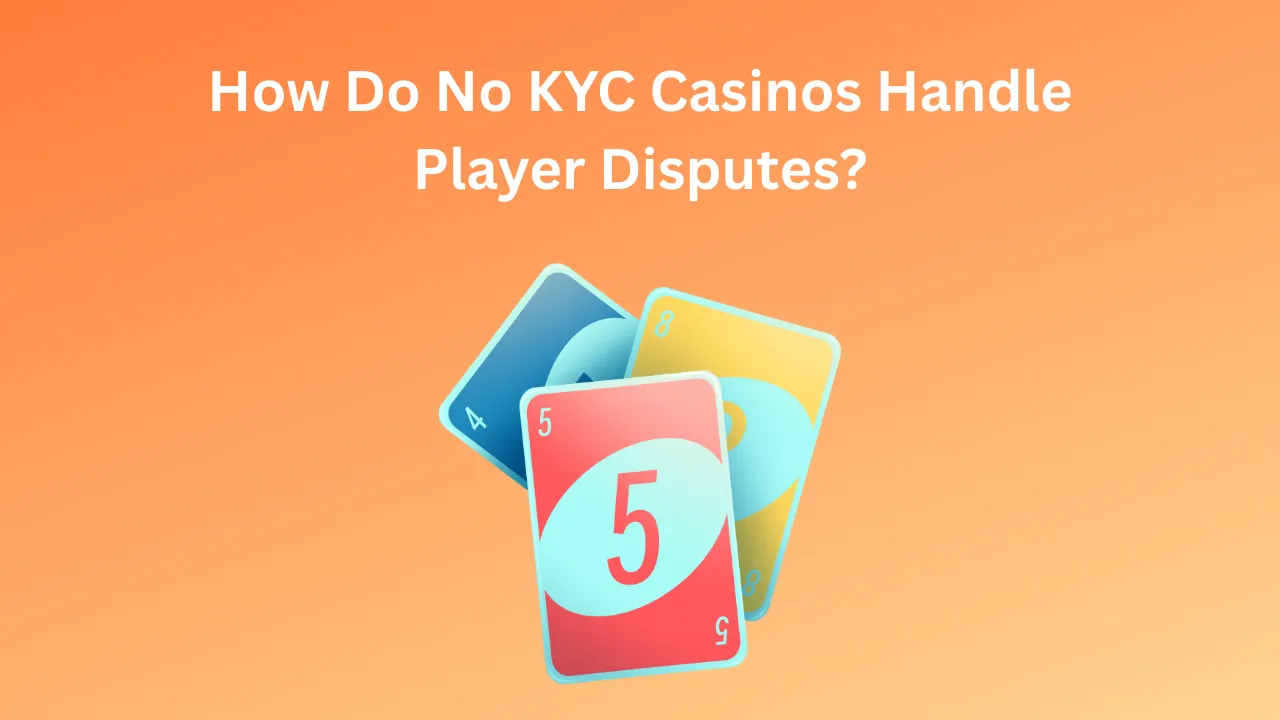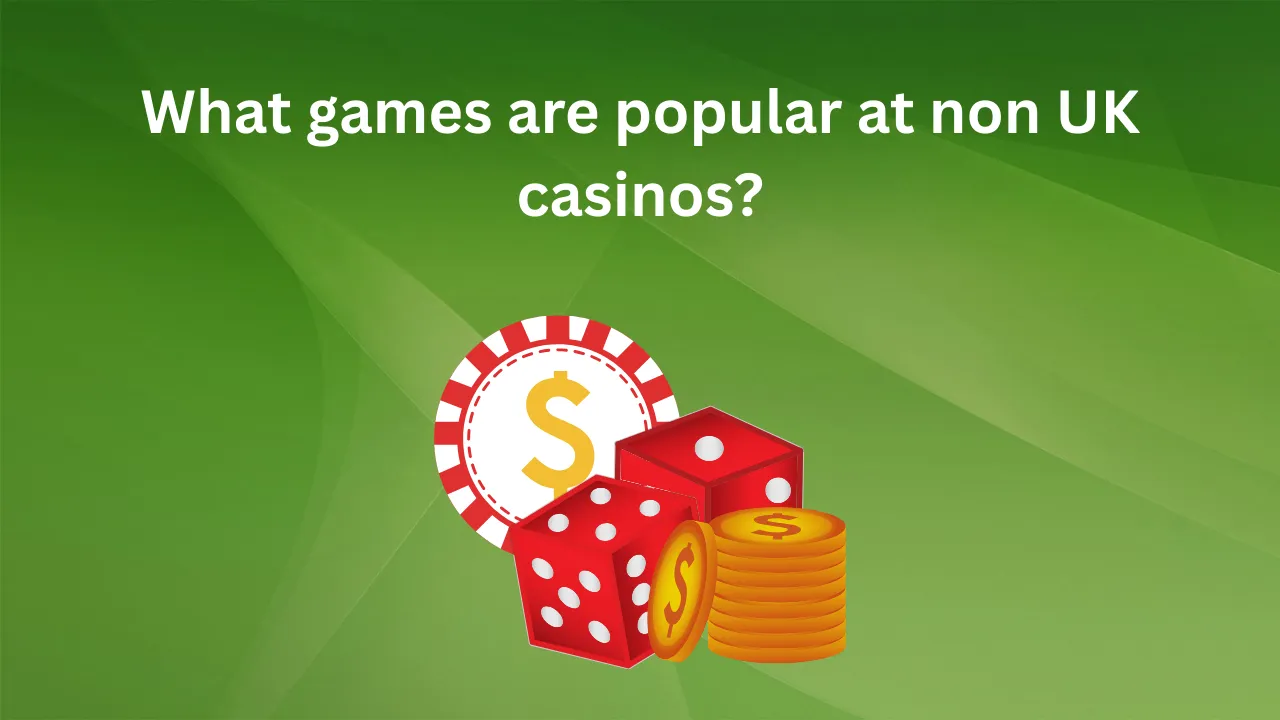If you’ve ever felt that little dopamine pop when the opening riff of your favourite film score blares from a slot cabinet, you’re not alone. I’ve chased free spins with dinosaurs roaring in my headphones and bonus rounds narrated by actors who probably recorded their lines between takes. The attachment is real. But after years of testing both blockbuster-themed releases and plain-Jane originals, I keep asking myself: are branded movie slots actually better—or are we just feeding our nostalgia?
Let’s dig in, from the licensing deals that shape RTPs to the psychology of why we’ll happily spin with a familiar hero even when the math says “meh.”
Why Movie Logos on Reels Hook Us
Studios know the power of recognition. That flash of a lightsaber, the glint of a superhero emblem, the silhouette of a fedora—these things bypass logic and tap straight into memory. When a slot intro mirrors a movie trailer, your brain gets a shortcut to excitement before a single reel stops. I’ve watched otherwise risk-averse friends dump a night’s budget into a branded slot they “just had to try once” because it brought them back to a cinema seat in 2008.
It isn’t only the art package. Branded slots often bake in sound cues and cutscenes that mimic story beats. That’s potent—especially if you’re spinning late at night, half-tired and more suggestible than you think. The gamble becomes a reunion tour.
Payout Reality Check: RTP, Volatility and Where You Play
Here’s the unsexy truth I’ve seen over and over: licensing isn’t free. Developers pay hefty fees to use a movie IP, and those costs show up somewhere—sometimes in the return-to-player (RTP), sometimes in shallower base-game wins offset by bigger, rarer bonuses. That doesn’t mean every branded slot is a stingy mess, but you need to look under the hood.
This is also where your choice of venue matters. Operators outside the UK’s self-exclusion scheme can offer different lobbies, bonus structures and RTP settings. If you’ve ever ventured into casinos not on GamStop, you’ve probably seen versions of the same branded titles running at 96% on one site and 94% on another. Two percent sounds tiny until you factor in a few thousand spins—then it’s the difference between a fun night and a “why did I do that?” audit of your bankroll.
RTP Isn’t Everything, But It’s Not Nothing
Most branded slots cluster around mid-95% RTP. Some break 97%, but many slide below 95% once you account for “jackpot contributions.” I always check the game info panel and, if possible, the provider’s official spec sheet. If an operator hides that info, I play something else. Life’s too short to spin blind.
Mechanics Matter More Than the Logo
I keep a notebook (yes, old-school) of features I actually enjoy: expanding wilds that lock on re-spins, multi-level pick’em bonuses where choices feel meaningful, progressive multipliers in free spins. When a branded slot slaps familiar faces on a generic 5×3 with basic wilds and an uninspired scatter round, I’m out after five spins.
The Good, the Bad and the Lazy
Good: Games that weave film moments into mechanics—think bonus rounds that re-enact pivotal scenes and let you influence the outcome with your picks or reel stops.
Bad: Static clips that play win or lose, wasting your time and killing momentum.
Lazy: Re-skins of older slots with swapped graphics and identical math. If you’ve played one, you’ve played them all.
Nostalgia’s Tax: How Memory Distorts Value
Nostalgia isn’t free. It nudges you to overrate mediocre features because the soundtrack hits the right chord. I catch myself saying “one more spin” because a cutscene hasn’t triggered yet, not because the slot’s volatility profile justifies the chase. Recognising that bias is half the battle. Set a bonus-chase budget before you start. When it’s gone, you’re done—no matter how iconic the next clip might be.
Licensing Economics 101
Movie IPs come with royalty structures: flat fees, revenue shares, or a mix. Developers also need studio approvals on art, animations and even the language used in tooltips. That slows development and often limits innovation. It’s why you sometimes see brilliant mechanics in original titles first: they’re easier to ship. Branded games catch up later—if at all.
This doesn’t mean branded equals bad. It just means you should assume the dev had less freedom and more costs. So if a branded slot still delivers clever math, kudos. Reward those games with your spins, not the lazy logo swaps.
Player Protection, Engagement Loops and You
One thing I’ve noticed: branded slots are great at keeping you “just a little longer.” The combination of recognisable IP and multi-phase bonuses creates engagement loops that feel more like watching “just one more episode.” This is where responsible tools matter. Reality checks, loss limits, and cool-off timers aren’t buzzkills—they’re safeguards against a marketing machine that understands your soft spots better than you do.
Volatility Feels Different with Familiar Faces
High-volatility branded slots can feel harsher because you “know” the characters. Dry spells become personal. You’re not just missing a bonus; you’re being “denied” a scene you expected. I’ve learned to switch games before frustration turns into stubbornness—especially on IPs I love. It’s easier to accept a cold streak from a generic leprechaun than from a childhood hero.
How I Judge a Branded Slot (So I Don’t Regret It Later)
I silently ask three questions before I let the theme pull me in:
Does the math model fit my mood and bankroll? If I’ve got £50 and an hour, brutal volatility is a bad date.
Is the IP used to enhance gameplay, or just decorate it? A good test: would this slot be fun with blank symbols?
Are the boring parts quick? If a 15-second clip interrupts every small win, I’m going to hate the game in ten minutes.
If a slot passes all three, I give it a fair session. If not, I’ll still watch the trailer on YouTube and save my bankroll for something meatier.
Original Slots Still Punch Above Their Weight
Some of the most rewarding sessions I’ve had came from slots with zero brand recognition but killer mechanics: cascading reels with growing multipliers, mystery symbols that sync across reels, or wild grids that expand unpredictably. These games can afford to put the budget into innovation instead of licensing. When you find a dev who consistently nails original ideas (think Push Gaming, Nolimit City, ELK Studios), stick with them.
Social Proof and Streamer Bias
Twitch and YouTube slot streamers love branded games because they draw clicks. Big name = big audience. But be cautious: sponsored streams may use “demo balance” or boosted RTP versions. If you watch streamers for research, cross-check the paytable and RTP on your own site. I’ve seen more than one viewer shocked to learn their version wasn’t behaving like the stream.
Community Memory vs. Personal Preference
Forums can be brutal on branded games (“It’s a cash grab!”) or blindly loyal (“Best slot ever because Stan Lee cameo!”). Use community feedback as a filter, not gospel. I keep notes on what I like: moderate volatility, interactive bonuses, rapid base-game hits to keep me engaged. Your list might be different. Own it.
So…Better or Just Nostalgia?
My verdict: branded movie slots are neither saints nor sinners. They’re tools studios use to cut through the noise—and they work, because we’re human. When the math, pacing, and feature design match the polish of the brand, they can be genuinely great. When they don’t, you’re paying a nostalgia tax for a mediocre experience.
Treat them like blockbuster films: some are worth the ticket price and the popcorn; others are all poster, no plot. The trick is learning to tell which is which before you’re 200 spins deep.
Final Spin Advice
Set a purpose for each session—are you chasing a feature, testing volatility, or just unwinding with familiar music? Pick your game accordingly. And remember: the best slot is the one that respects your time, your bankroll, and your brain—logo or no logo.








